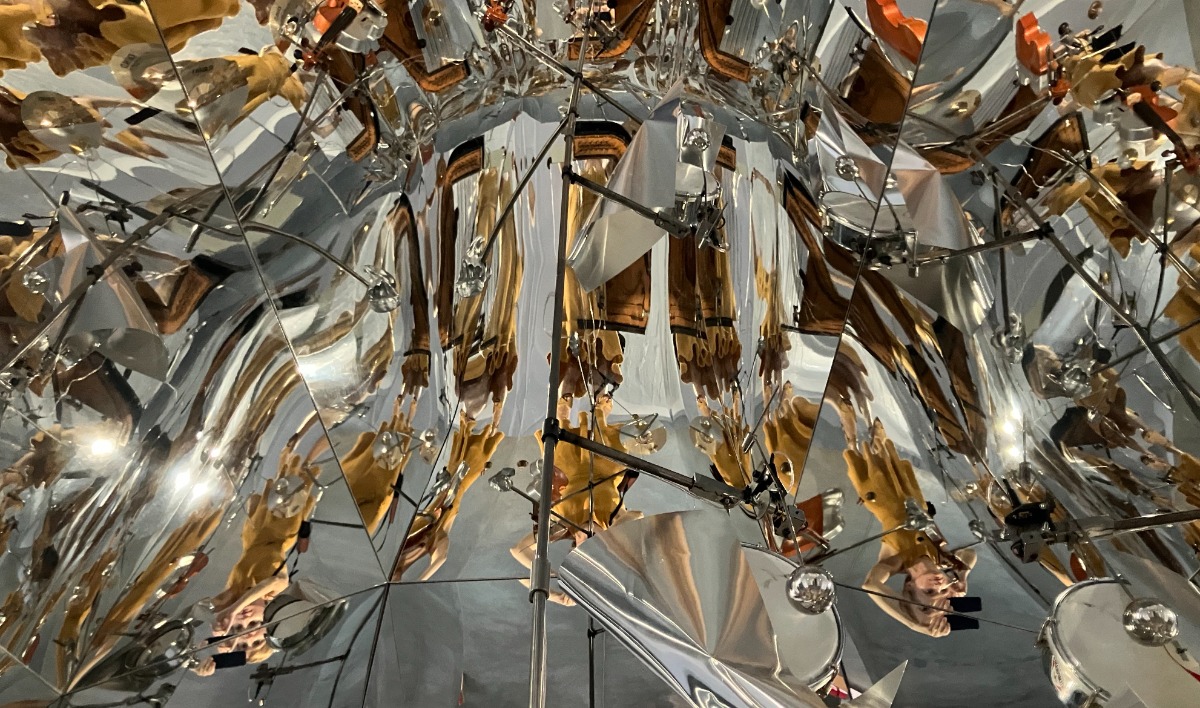
To See the Sound of Changes
Latvian artist Evelīna Deičmane is participating in the exhibition ‘Sounds of Bethany’ at the Künstlerhaus Bethanien in Berlin
The Künstlerhaus Bethanien is celebrating its 50th anniversary in 2024. It has always been a place of experimentation and innovation, with artists who work with sound among its guests from the very beginning. Its programme has consistently been shaped by public exhibitions, concerts, performances, and discussion-based events. Guests working in the studios as part of the residency programme have collaborated with artists from the city in many different fields. Over the years, Latvian artists such as Maija Tabaka, Hārdijs Lediņš, Darja Meļņikova, and others have also been among the guests of the Künstlerhaus Bethanien.
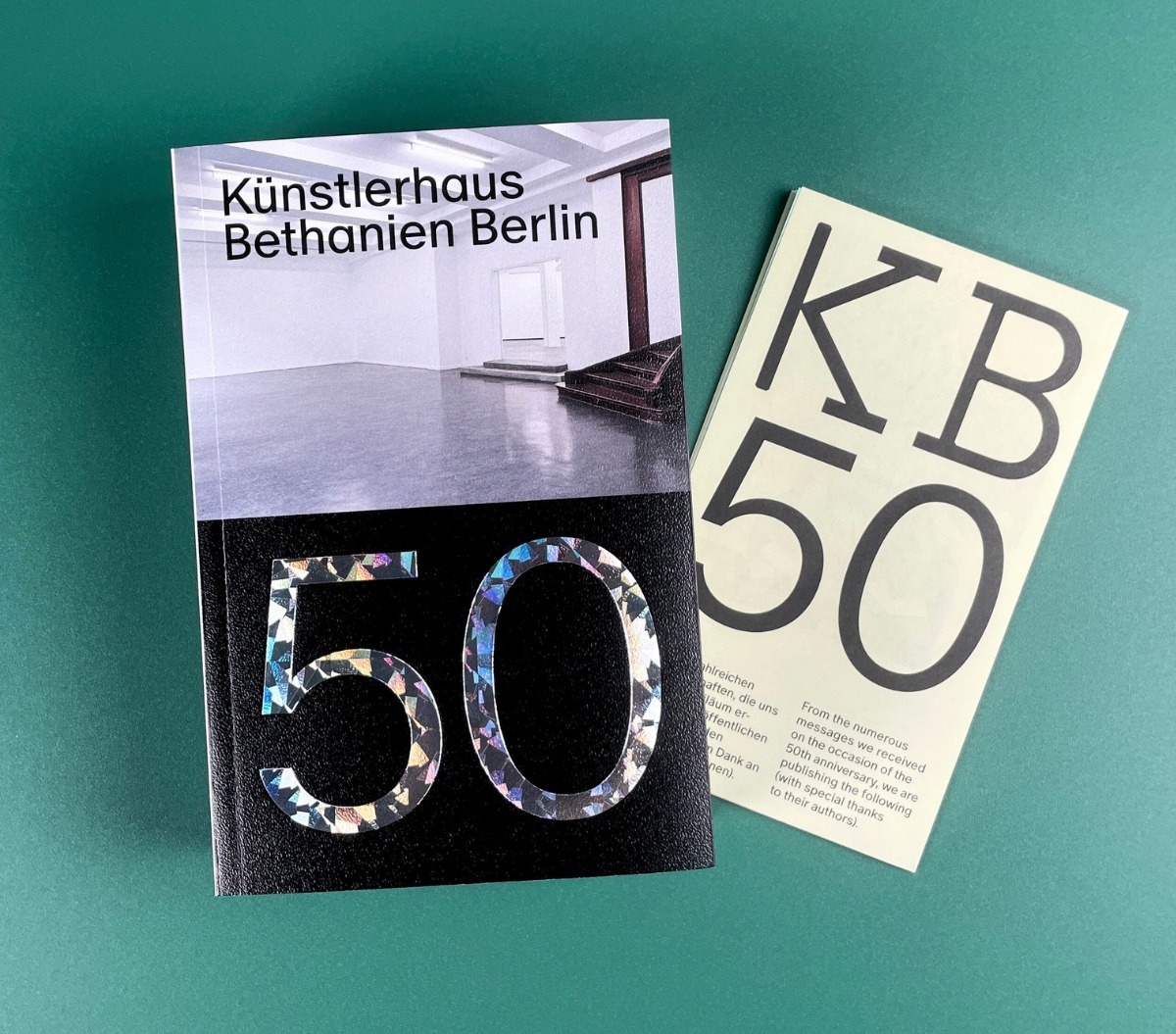
In light of this history, nothing could be better suited to celebrate this anniversary than a presentation of acoustic events in space that are both moving and inspiring, while simultaneously exploring their own immateriality. The exhibition ‘Sounds of Bethany’, on view from the 17th of July until the 18th of August, seeks to make two layers of sonic temporality tangible: on the one hand, it showcases sound sculptures and objects made by previous exhibitors and resident artists (historic positions), while on the other, it presents new or newly adapted sound installations specifically developed for this project.
Latvian artist Evelīna Deičmane is one of the 19 artists contributing to this exhibition. This time, she seeks to find answers to questions like, “What happens when a wall of your house shifts? When a trusted part of reality transforms?” Evelīna Deičmane’s sound installation ‘Sound Kaleidoscope’ explores how our perception and sense of surroundings change as a result of such shifts. For this purpose, she has conceived a site-specific work whose mirrored walls challenge our sense of reality, with sounds that seem to come from continuously changing directions and multiple kaleidoscopic reflections. We asked Evelīna to answer a few questions about this project.
Photo: Evelīna Deičmane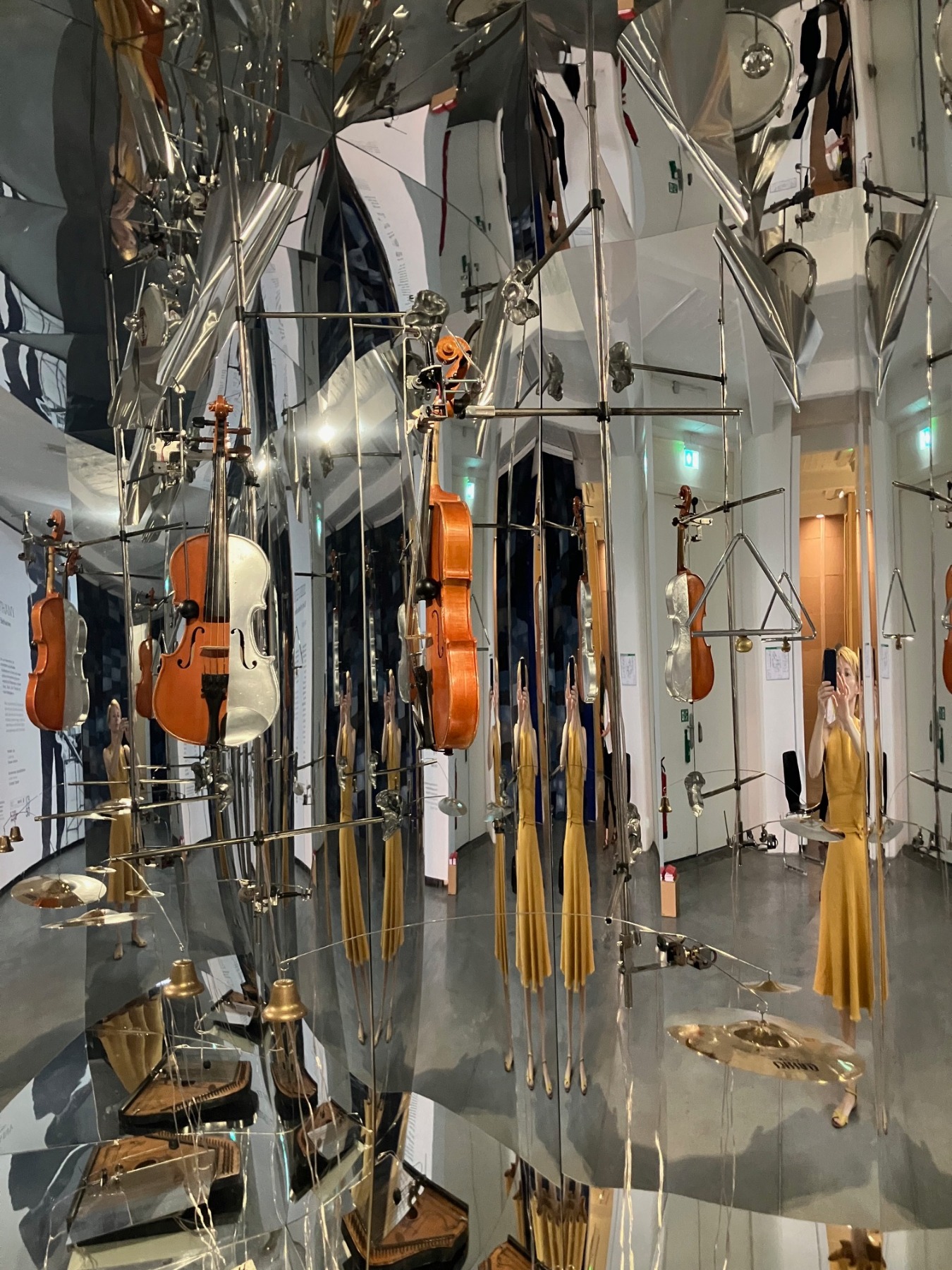
How was the idea of ‘Sound Kaleidoscope’ born? How much did the surrounding reality inspire this concept?
I built a room with sound and visual reflections. Moving sounds, and slightly shifting floors and walls, will be experienced only by the body and remain undetected by the human eye. It looks ordinary, but the body feels different. The reflections and the shape of the space disrupt the sense of reality and the perception of the very location of the sound source, while multiplying and scattering it. In a small and personal space, the movement of the sound image and light moving up and down on all sides will merge with parts of the visitor's body, placing the viewer on the axis of the infinity of the work.
How surprised I was when a very personal situation, at the moment when I lost my grounding, made me face reality. How much I, and most people, do not want to see reality with the idea of survival. When thoughts, words, and deeds are not on the same axis but in a distorted reflection. The idea is definitely based on what is happening in the world right now and how it is being reflected and presented. It is clear that the great changes in climate, politics, and other areas are now affecting each and every one of us, without exception, personally, and are rocking the supposedly secure foundations of each and every one of our "safe houses." But on the other hand, this "mirroring" can reveal a lot.
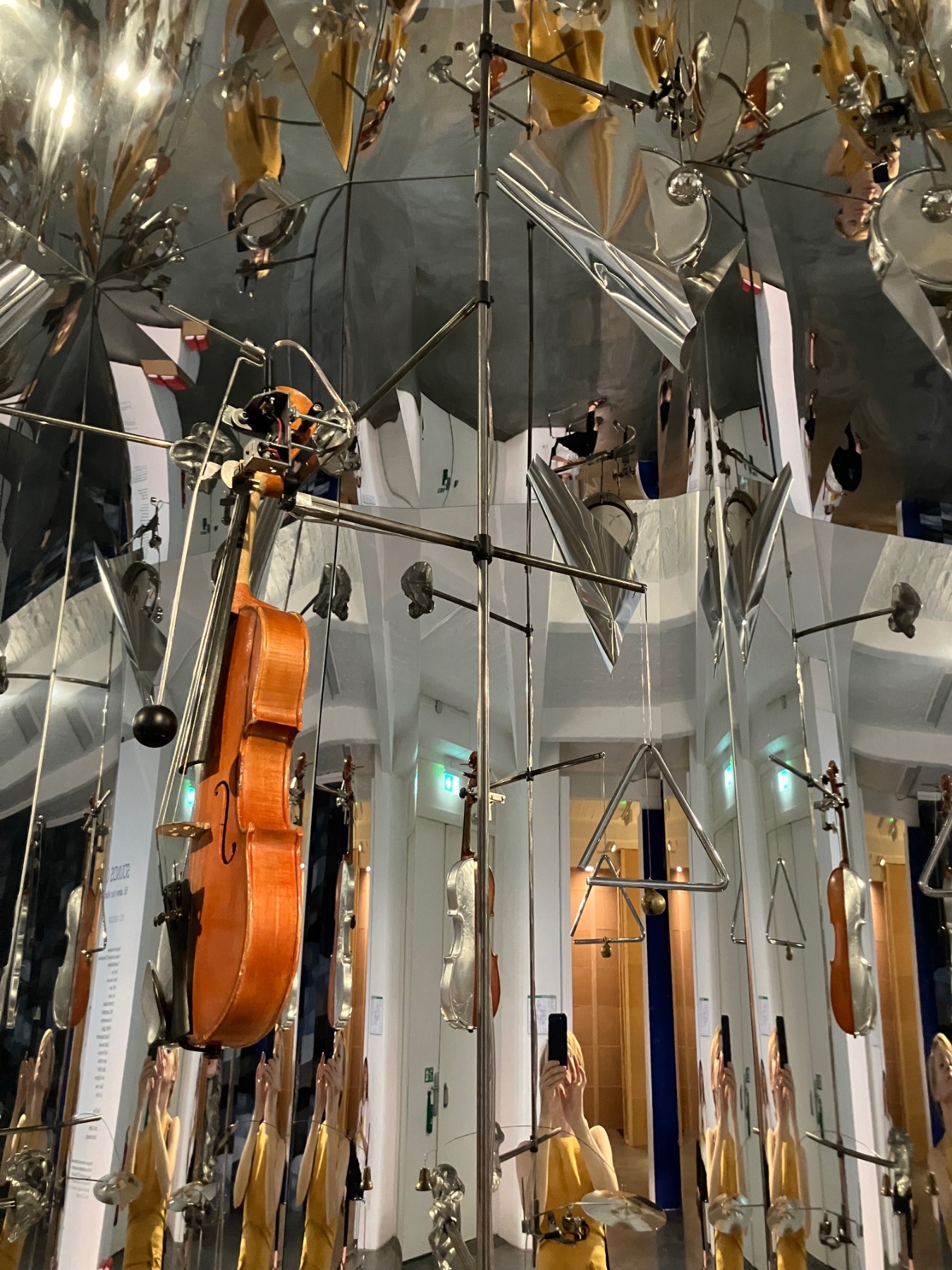
How does sound change our perception of reality? Is it a significant medium for you?
If you know how to listen, it changes reality in a very significant way. Even if I cover my ears, I can hear the vibrations of the sound. Since childhood, I have been convinced that I could see sound. Something is vibrating, so something is moving. I have extremely good hearing. If I walked into a forest where the noise of nature, so-called silence, exists, I would be able to concentrate and hear the hair growing on my head. Maybe I'm exaggerating a little, but it's close. Listening can give you a lot of answers to important questions. Isn't that what we are desperately doing at the moment? But at the same time, the biggest pollution on my body is sound. I question people's fear of silence and how its importance is compensated by a lot of noise.
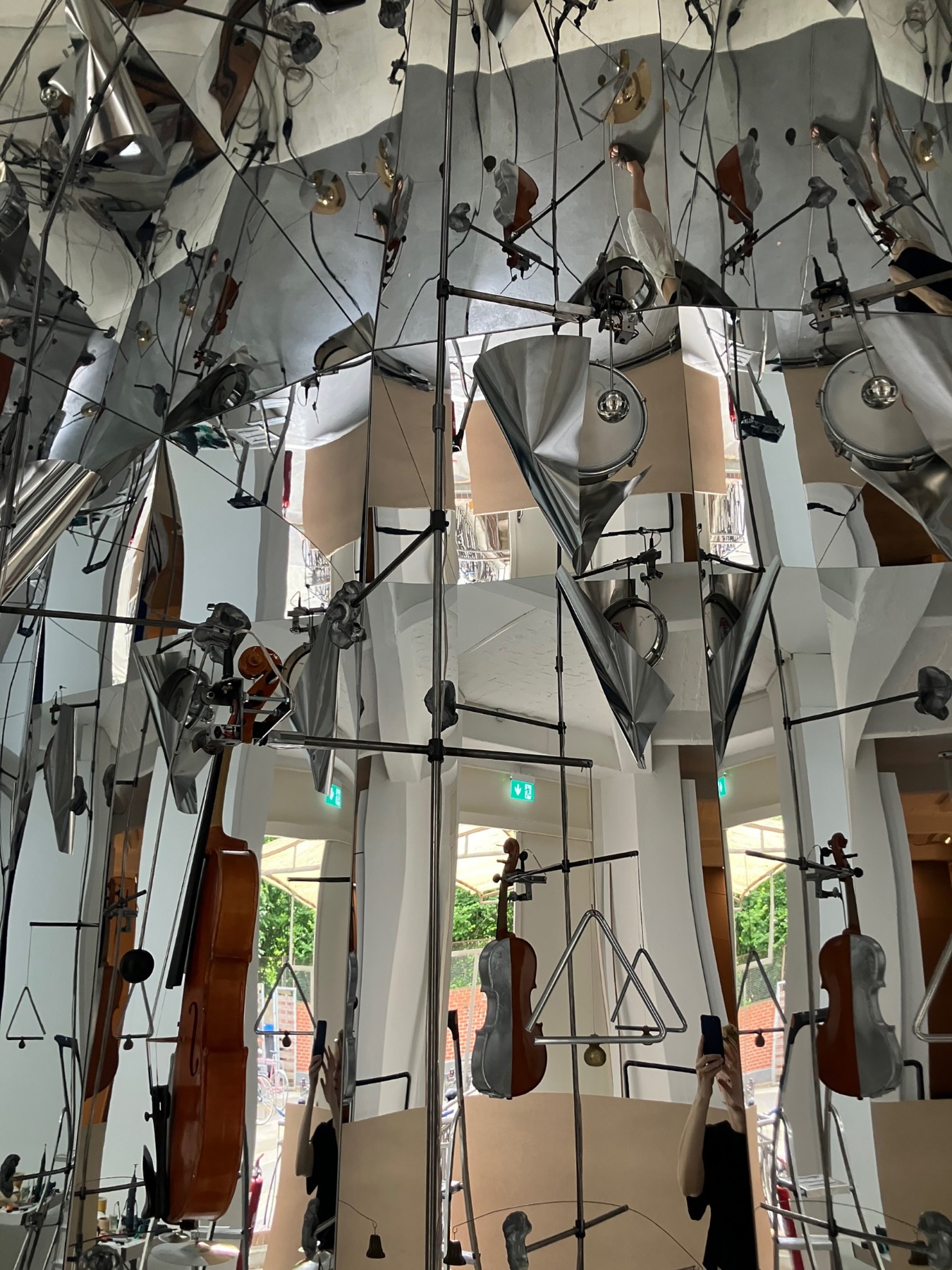
Is it possible to describe the reaction you could expect from the viewer/listener of your work?
Yes, I had a chance to observe from a distance how viewers react when they enter the mirrored room sound installation “Sound Kaleidoscope.” Most often, they get confused and start looking for the real objects by trying to figure out the sound sources, not the reflections. They also get confused by the movement of seeing their own body in the work. Where does it begin, and where does it end? You can see how cautious the viewer is when they take a step into the installation. People are kind of forced to look and listen more inside – to their center.
